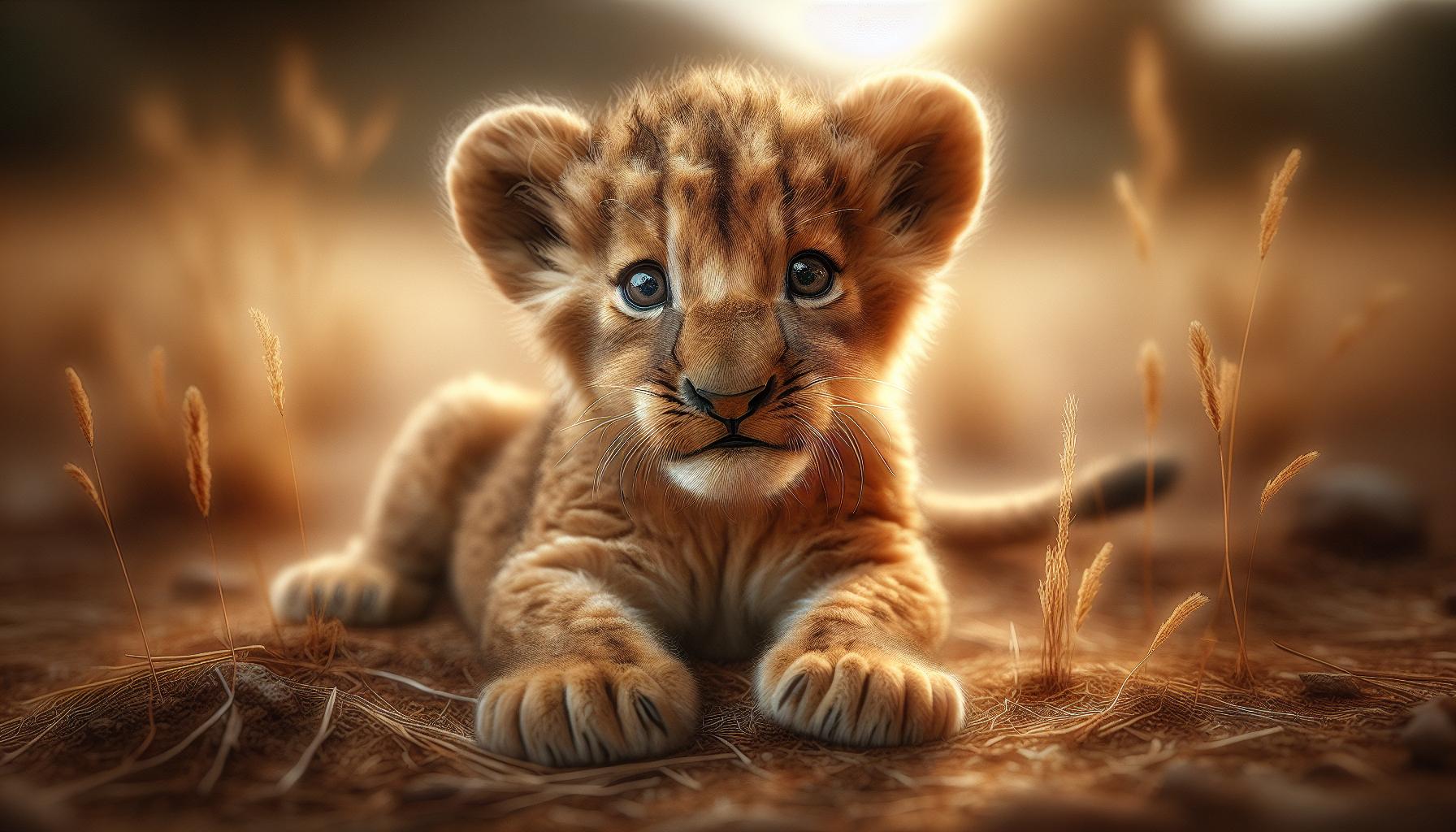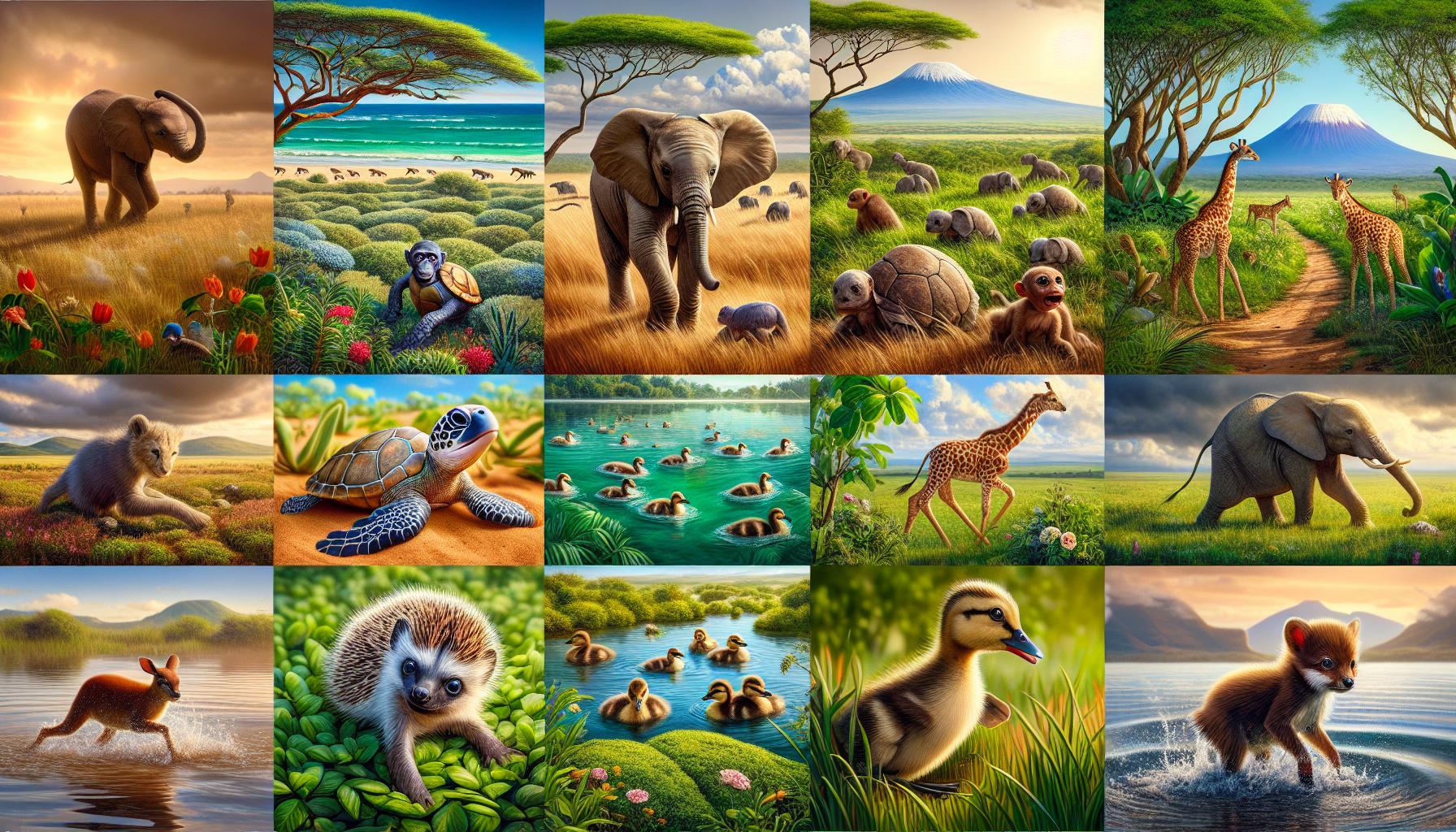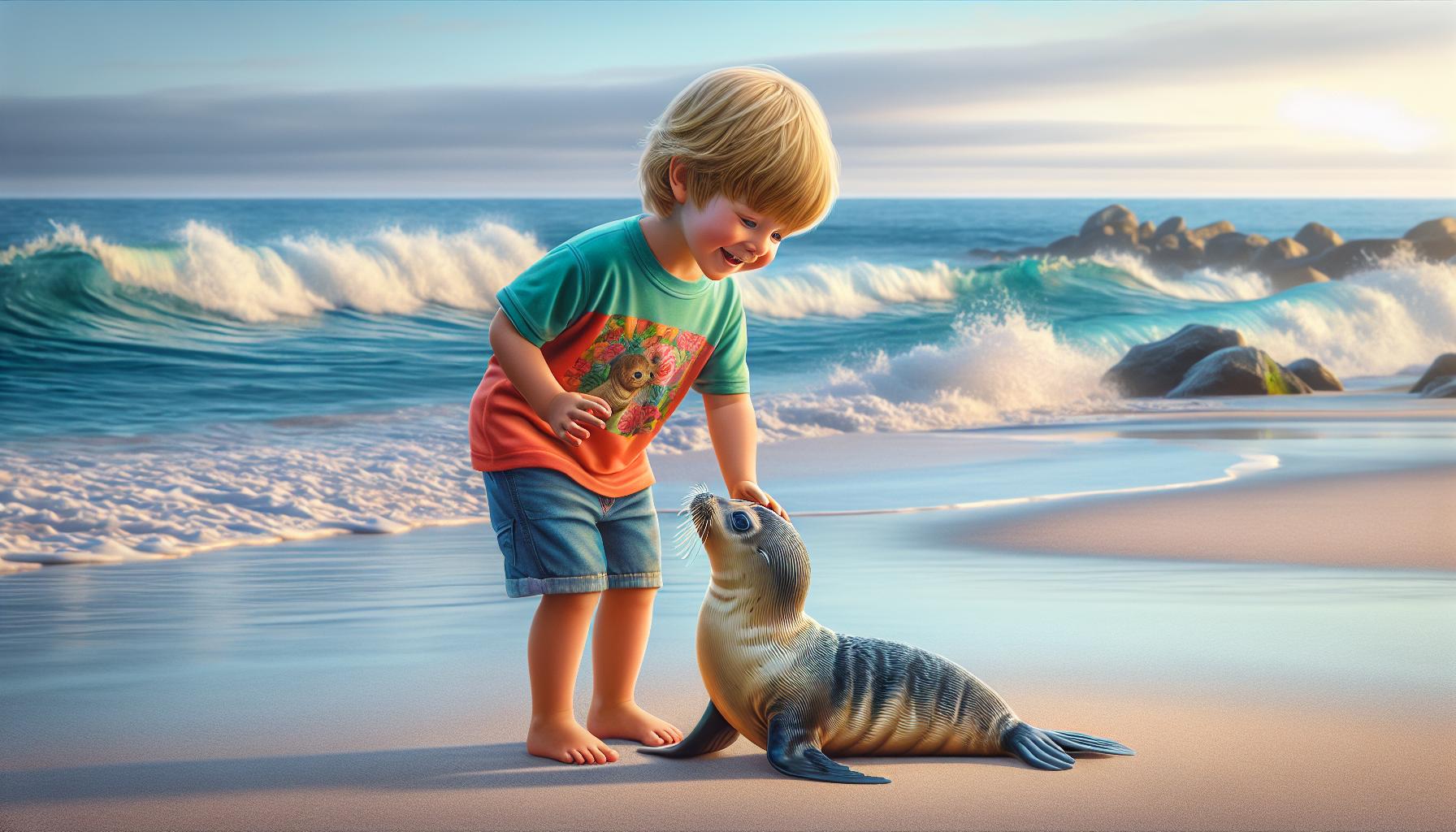There’s something undeniably captivating about baby animals. Whether it’s the way they playfully stumble around or their irresistible tiny features, they have a unique charm that melts hearts. From the moment they’re born, these little creatures embark on a journey filled with curiosity and wonder, making us smile and reminding us of the beauty of nature.
In this article, I’ll explore the fascinating world of baby animals, highlighting their behaviors, habitats, and the challenges they face in the wild. You’ll discover why these adorable beings are not just cute but also vital to our ecosystems. Join me as we delve into their enchanting lives and learn what makes them so special.
- Captivating Charm: Baby animals elicit joy and fascination through their playful behaviors and unique physical features, highlighting their importance in nature.
- Survival Strategies: These young creatures display specialized physical and behavioral traits that enhance their adaptability and resilience in diverse habitats.
- Diverse Habitats: Baby animals thrive in various environments, including forests, grasslands, wetlands, and deserts, each presenting unique challenges and resources for survival.
- Ecological Importance: They play essential roles in their ecosystems, contributing to population dynamics, seed dispersion, and overall ecological health.
- Conservation Awareness: Understanding the significance of baby animals fosters a sense of responsibility to protect their habitats and advocate for their survival amidst threats like climate change and habitat loss.
- Human Connection: The relationship between humans and baby animals promotes conservation efforts and empathy, encouraging stewardship for wildlife and biodiversity.
Baby:Idgqky-K75A= Animals
Baby:Idgqky-K75A= animals showcase remarkable adaptability and resilience in their environments. These young animals display unique behaviors that aid their survival and development. For instance, baby elephants learn social skills from their mothers, while lion cubs engage in play to strengthen their hunting skills.
The habitats of baby:Idgqky-K75A= animals vary widely. Habitats include lush forests, arid deserts, and expansive savannas. Each environment presents distinct challenges and resources, shaping the behaviors of the young animals. For example, baby sea turtles instinctively move toward the ocean after hatching.
Facing challenges from predators, environmental changes, and human impact, baby:Idgqky-K75A= animals navigate a precarious existence. Developmental milestones, such as physical growth and social interactions, play critical roles in their survival. Each species has strategies to cope, from camouflage in the case of baby frogs to herd behavior in baby zebras.
Understanding the lives of baby:Idgqky-K75A= animals is vital for conservation efforts. Protecting their habitats and ensuring their survival contributes to the health of entire ecosystems. The endearing qualities of these creatures not only captivate our hearts but also remind us of our responsibility to safeguard their futures.
Characteristics of Baby:Idgqky-K75A= Animals

Baby:Idgqky-K75A= animals exhibit distinct characteristics that contribute to their survival in various environments. Their physical and behavioral traits play crucial roles in their development and adaptability.
Physical Traits
Baby:Idgqky-K75A= animals often possess unique physical traits tailored for their survival. For instance, soft fur or downy feathers provide insulation and comfort. Large eyes enable better night vision, aiding in navigation and foraging. Small body sizes allow them to remain hidden from predators, ensuring greater protection. Additionally, features such as shorter limbs or specialized limbs may enhance mobility in specific habitats. These physical adaptations help them thrive as they learn to navigate their surroundings.
Behavioral Traits
Behavioral traits in baby:Idgqky-K75A= animals stand out due to their importance for social learning and survival. Playfulness plays a critical role, as seen in lion cubs and otters, who engage in mock interactions to refine essential skills. Instinctual behaviors, such as baby sea turtles using their innate sense of direction to reach the ocean, showcase their in-built survival strategies. Social interactions, like bonding with caregivers or siblings, foster emotional stability and support. These behavioral characteristics contribute significantly to their development and survival in the wild.
Habitat and Environment

I explore the diverse habitats and environments that baby animals inhabit, showcasing their adaptability and resilience. Understanding these ecosystems is essential for appreciating their survival challenges.
Natural Habitats
Baby animals thrive in various natural habitats, including forests, grasslands, wetlands, and deserts. Each environment offers unique resources and challenges. For instance, baby elephants roam in savannas where they utilize trees for shade and foraging. In contrast, baby sea turtles emerge from nests on sandy beaches and instinctively navigate toward the ocean. Specific habitats provide shelter and food, which are crucial for their growth.
| Habitat Type | Example Species | Key Features |
|---|---|---|
| Forests | Baby monkeys, bear cubs | Dense foliage, climbing opportunities |
| Grasslands | Baby gazelles, prairie dogs | Open spaces for running, predator avoidance |
| Wetlands | Baby ducks, alligators | Abundant water, nesting sites |
| Deserts | Baby kangaroo rats, foxes | Minimal vegetation, burrowing for shade |
Conservation Status
Many baby animals face threats due to habitat loss, climate change, and human activities. Conservation status varies significantly among species. For example, the IUCN Red List indicates that baby orangutans are critically endangered due to deforestation. Programs aimed at habitat protection and restoration play a vital role in their survival. Engaging communities in conservation efforts and education about protecting these habitats fosters a safer environment for baby animals, ensuring their populations can thrive.
Importance of Baby:Idgqky-K75a= Animals

Understanding the significance of baby animals enhances my appreciation for their role in the ecosystem and their relationship with humans. These creatures contribute to ecological balance and foster connections between wildlife and people.
Ecological Role
Baby animals play crucial roles in their ecosystems. Their growth helps maintain population dynamics, ensuring species balance. For example, as baby seals grow, they become vital prey for larger predators, influencing their populations. Additionally, many baby animals contribute to seed dispersion and pollination. Young rodents, for instance, aid in seed dispersal through their foraging activities, promoting plant growth and biodiversity. Their survival strategies, such as establishing foraging patterns and nesting behaviors, create a ripple effect, impacting their surroundings and promoting ecological health.
Relationship with Humans
The relationship between baby animals and humans extends beyond fascination. Many people engage in conservation efforts, actively participating in preservation initiatives focused on protecting vulnerable species. Educational programs about baby animals raise awareness of their habitats and behaviors, fostering empathy and stewardship. For instance, wildlife sanctuaries and zoos provide environments for old and young species, allowing visitors to learn about animal care and ecological importance. The emotional connections formed with these creatures often motivate individuals to advocate for conservation policies and biodiversity, which is essential for maintaining healthy ecosystems globally.
Baby animals are a testament to nature’s beauty and resilience. Their unique traits and behaviors not only capture our hearts but also play a crucial role in maintaining the delicate balance of our ecosystems. As I reflect on their significance, it becomes clear that protecting these young creatures and their habitats is essential for the health of our planet.
Through conservation efforts and education, we can foster a deeper connection with these adorable beings. It’s our responsibility to ensure they thrive in the wild, allowing future generations to experience their charm. By advocating for their protection, we contribute to a healthier environment for all living beings.

